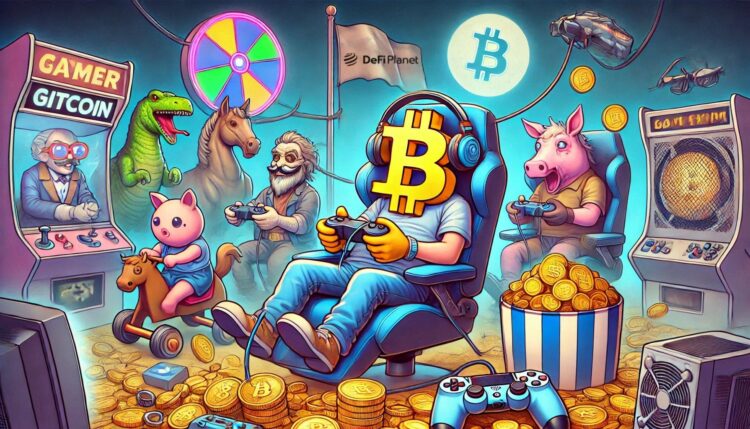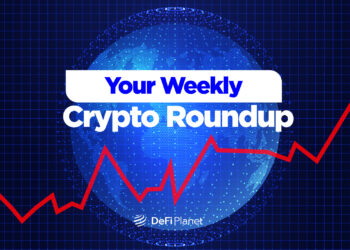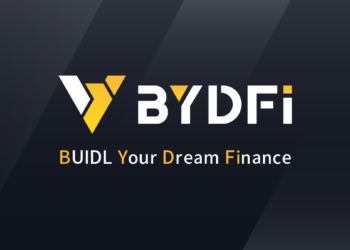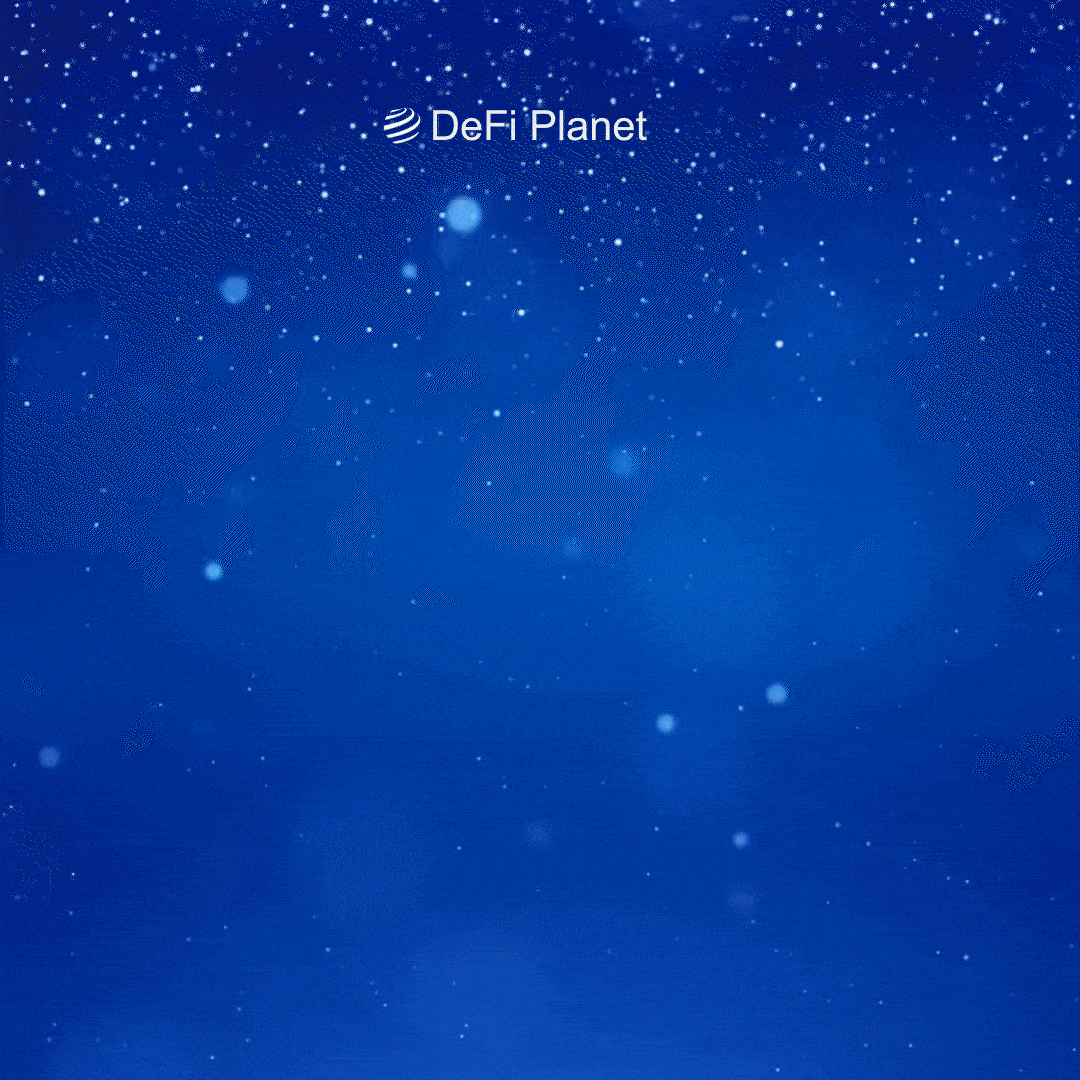Top Performers
- The Sandbox (SAND): Market cap soared from $566.4M to $1.85B (+226.55%).
- Blocklords (LRDS): Market cap rose from $6.86M to $13.35M (+94.42%).
- Pixels: Market cap grew from $105.49M to $195.49M (+85.27%).
- Guild of Guardians (GOG): Market cap increased from $14.79M to $26.18M (+76.98%).
- Immutable (IMX): Market cap climbed from $1.80B to $2.94B (+62.87%).
Underperformers
- Merit Circle: Market cap dropped from $6.98M to $2.51M (-64.02%).
- SpaceCatch: Market cap declined from $4.60M to $3.18M (-30.88%).
- Floki: Market cap decreased from $286.93M to $242.59M (-15.46%).
- PunkCity: Market cap fell from $30.73M to $26.93M (-12.34%).
- Matr1x: Market cap dropped from $35.66M to $32.89M (-7.76%).
What’s Driving the Divide?
These contrasting outcomes reveal that not all gaming tokens are equally positioned to capitalize on market enthusiasm, even during a Bitcoin-driven rally.
The Success Factors for Top Performers
Gaming tokens with strong ecosystems, innovative gameplay, and clear growth strategies have been the primary beneficiaries of the market rally. For instance, Pixels’s native token was a top performer thanks to its strategic use of data science to enhance user identification and optimize token distribution. By actively engaging players and expanding its gameplay—introducing on-chain item interactions and new PvE and PvP mechanics—the project has not only increased daily active users but also driven notable revenue growth.
Similarly, the market value of Sandbox’s SAND has surged alongside broader crypto market sentiment thanks to the project’s ongoing ecosystem expansion and high-profile brand collaborations in 2024, which have bolstered investor confidence.
What unites these top performers is their ability to foster active communities, roll out consistent updates, and secure strategic listings. These factors build investor confidence and promote long-term engagement, enabling them to harness bullish market sentiment effectively.
Why Underperformers Struggle
In contrast, the struggles of certain gaming tokens highlight the broader challenges facing the sector. Weak fundamentals, investor scepticism, and shifting user priorities have hampered their performance. For instance, Merit Circle’s rebranding to “Beam”—intended as a strategic pivot—has instead introduced uncertainty, dampening investor sentiment. Similarly, Floki’s delayed mainnet launch, despite promising enhanced security, has raised concerns about the project’s momentum and delivery timelines.
These cases underscore that tokens with unclear roadmaps, stagnant innovation, or lacklustre market positioning are finding it increasingly difficult to sustain investor trust and engagement. In a competitive and rapidly evolving market, these shortcomings have proven costly.
Expert Insights: Challenges and Opportunities in Web3 Gaming
The Web3 gaming sector is at a crossroads, grappling with systemic challenges while poised for transformative growth. Industry leaders have pointed out key areas where the space is falling short. Sean Geng, a prominent figure in blockchain gaming, critiques the industry’s misplaced priorities.
“Why hire PhD economists to fix broken economies? Hire badass game designers and UX pros to make your games fun as hell first,”
Geng wrote in a recent X post.
His point is clear—great gameplay must come before intricate tokenomics. Without delivering an enjoyable user experience, even the most innovative blockchain mechanics fail to attract and retain players.
Meanwhile, Derek Lau highlights additional hurdles, including fierce competition from memecoins, which have diverted investor and user attention away from gaming. Lau explains:
“Speculation matters, and the market doesn’t care for gaming right now,”
Lau stated.
In addition to poor gameplay and innovation, he identifies key areas requiring improvement, including spending more funds than necessary on token launches with limited payoff and failure to integrate blockchain meaningfully from the start.
Despite these issues, Lau argues that the core principles of blockchain gaming—digital ownership, decentralized economies, and player-driven ecosystems—are too compelling to ignore. With the right mix of innovation and execution, the next wave of projects could redefine the industry.
The Future of Gaming Tokens
Despite the current mixed performance, many are still banking on the growth potential for blockchain gaming. According to the IMARC Group, the global blockchain gaming market is projected to reach $1,172.8 billion by 2033, growing at an impressive compound annual growth rate (CAGR) of 62.59% between 2025 and 2033. Fortune Business Insights similarly forecasts the market will exceed $614 billion by 2030, driven by traditional developers’ adoption of decentralized models.
Custom Market Insights estimates the market’s current value at $10.2 billion in 2024, with expectations to hit $304.3 billion by 2033, reflecting a CAGR of 67.7%. These figures suggest that the sector is still in its infancy, with significant opportunities for projects that prioritize compelling gameplay, builder support, and sustainable community growth.
So, the next wave of successful projects could very well shift market sentiment and redefine what it means to game in Web3. But they have a high mountain to climb to achieve that—the future is bright for projects that can address challenges and deliver value. The mixed performance of the sector in November 2024 might just be a great telling of this hard truth.
Disclaimer: This piece is intended solely for informational purposes and should not be considered trading or investment advice. Nothing herein should be construed as financial, legal, or tax advice. Trading or investing in cryptocurrencies carries a considerable risk of financial loss. Always conduct due diligence.
If you want to read more market analyses like this, visit DeFi Planet and follow us on Twitter, LinkedIn, Facebook, Instagram, and CoinMarketCap Community.
“Take control of your crypto portfolio with MARKETS PRO, DeFi Planet’s suite of analytics tools.”





















